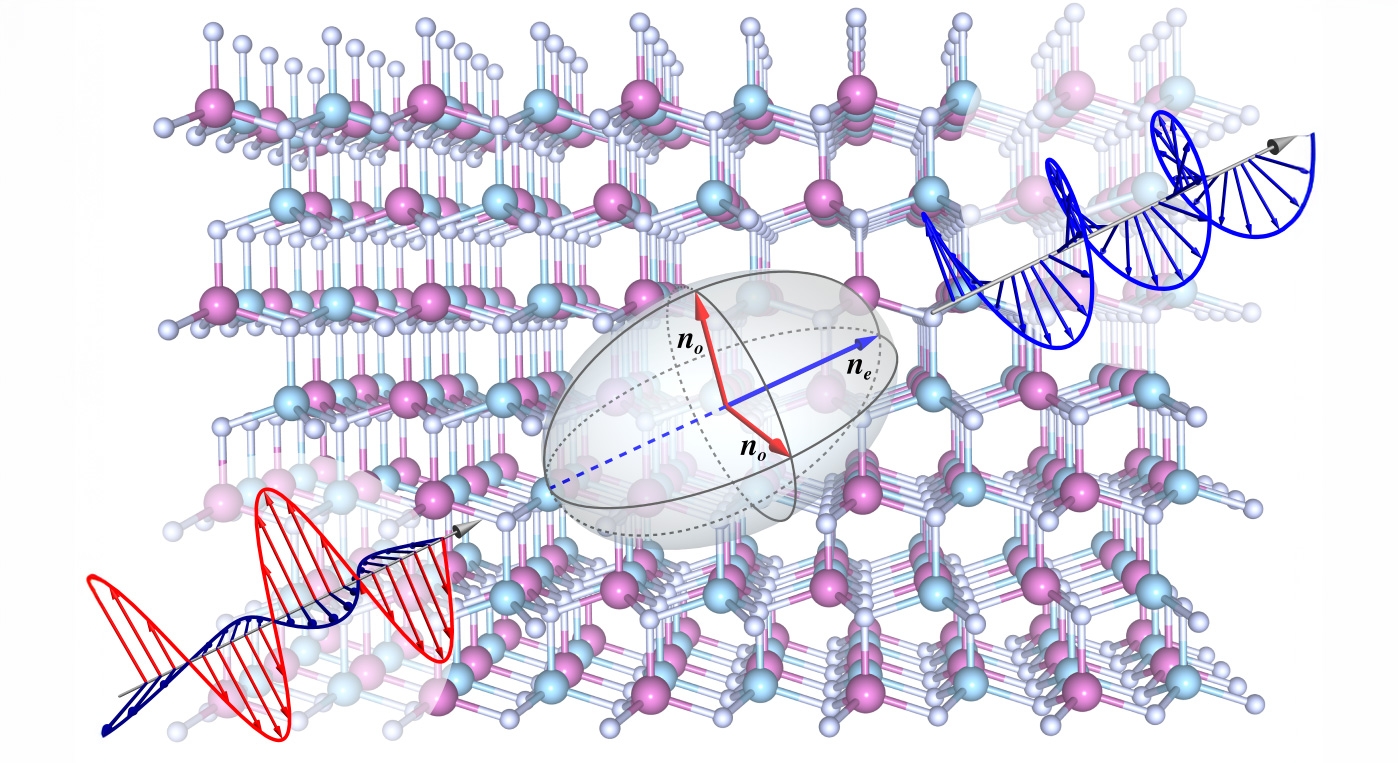2025-03-11 バークレー研究所
<関連情報>
- https://newscenter.lbl.gov/2025/03/11/scientists-discover-new-heavy-metal-molecule-berkelocene/
- https://www.science.org/doi/10.1126/science.adr3346
4価のバーケロセンにおけるバークリウム-炭素結合 Berkelium–carbon bonding in a tetravalent berkelocene
Dominic R. Russo, Alyssa N. Gaiser, Amy N. Price, Dumitru-Claudiu Sergentu, […], and Stefan G. Minasian
Science Published:27 Feb 2025
DOI:https://doi.org/10.1126/science.adr3346

Editor’s summary
Elucidating the structure of ferrocene, an iron ion sandwiched between two carbon rings, was foundational to the theory and practice of organometallic chemistry. In the ensuing decades, numerous analogous metal sandwich compounds have been prepared and applied. Russo et al. now extend the motif to berkelium, a radioactive element heavier than uranium. Their experiments required rapid synthesis and characterization on a submilligram scale to compensate for the ongoing decay. Spectroscopic and theoretical analysis supported covalent interactions between the cyclic ligands and f orbitals of the metal. —Jake S. Yeston
Abstract
Interest in actinide–carbon bonds has persisted since actinide organometallics were first investigated for applications in isotope separation during the Manhattan Project. Transplutonium organometallics are rarely isolated and structurally characterized, likely owing to limited isotope inventories, a scarcity of suitable laboratory infrastructure, and intrinsic difficulties with the anaerobic conditions required. Herein, we report the discovery of an organometallic “berkelocene” complex prepared from 0.3 milligrams of berkelium-249. Single-crystal x-ray diffraction shows a tetravalent berkelium ion between two substituted cyclooctatetraene ligands, resulting in the formation of berkelium–carbon bonds. The coordination in berkelocene resembles that of uranocene, and calculations show that the berkelium 5f orbitals engage in covalent overlap with the δ-symmetry orbitals of the cyclooctatetraenide ligand π system. Charge transfer from the ligands is diminished relative to uranocene and other actinocenes, which maximizes contributions from the stable, half-filled 5f7 configuration of tetravalent berkelium.



